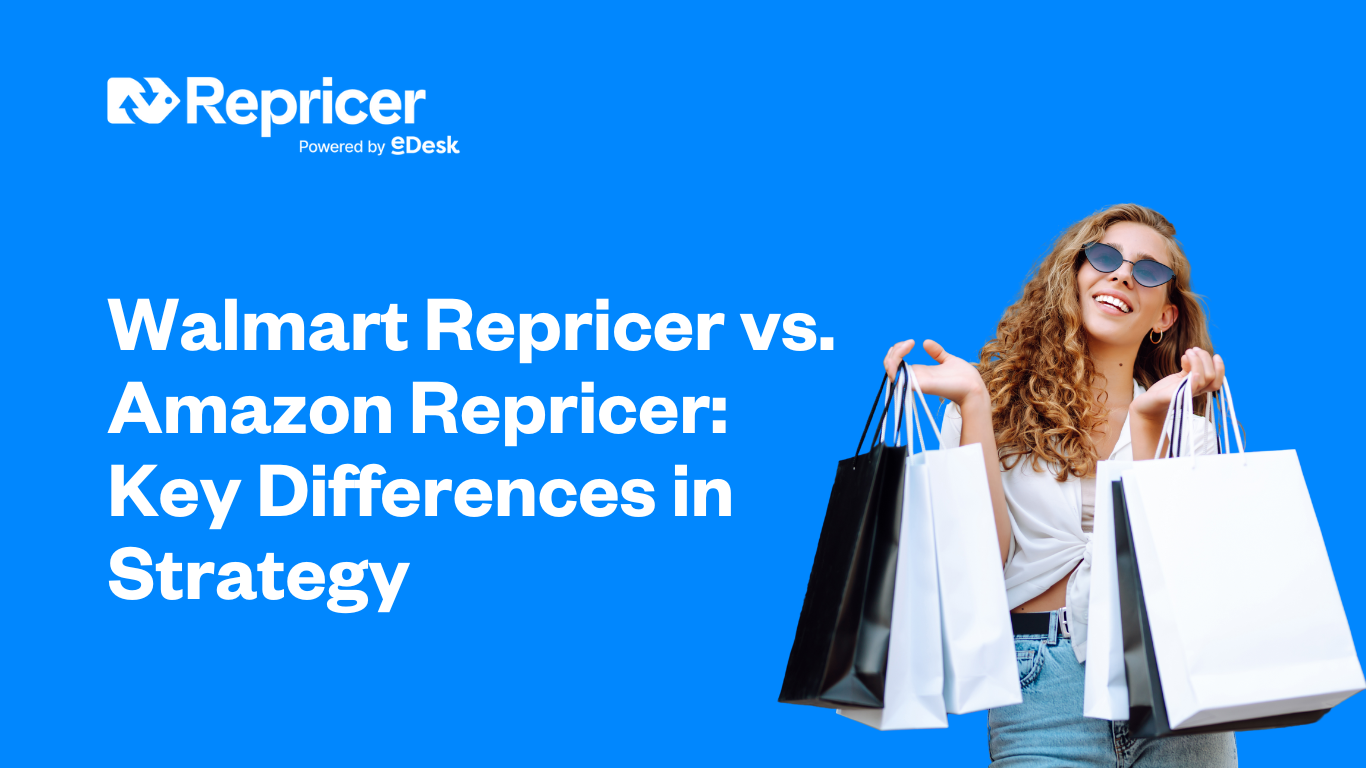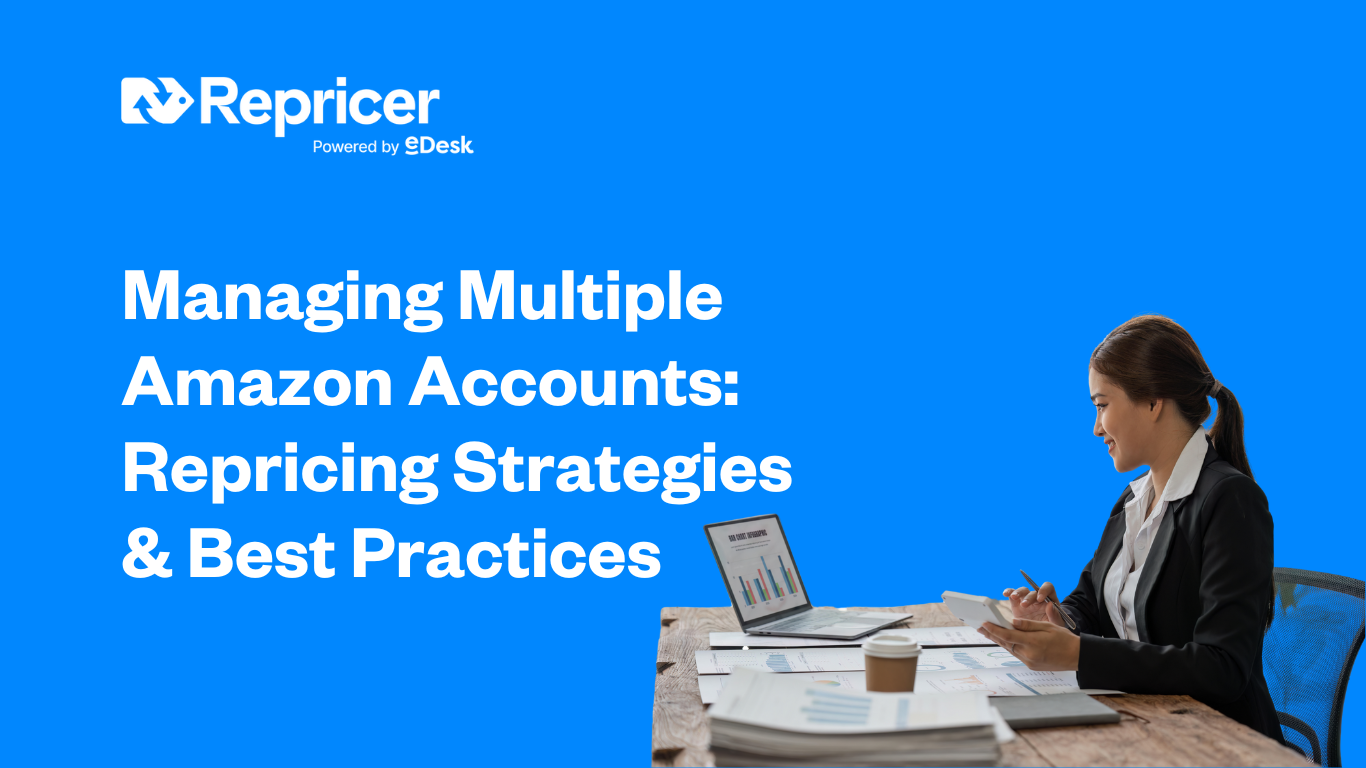Amazon changed its returns policy for marketplace merchants that don’t use its fulfilment program. Third-party sellers who opt to ship orders themselves will be subject to the same rules as items shipped by Amazon: automatically approved returns and prepaid shipping labels.
That means a customer will no longer need to contact the merchant before returning an item for a refund and the seller won’t be able to talk to the buyer to see if the problem can be solved before the product is sent back.
In addition, once a return has been received, the seller must issue a refund to the buyer within two business days—or Amazon will do so and charge the amount to the seller’s account.
If this affects you, don’t panic—there’s more to it than meets the eye. Here’s what you need to know about Amazon’s new returns policy.
Why Amazon has changed its returns policy
Amazon is rolled out this change to “reduce the effort required to manage your returns and decrease your customer Return Dissatisfaction Rate (RDR), thereby improving your ratings.”
Left unsaid here is the underlying reason for Amazon’s update: third-party sellers account for more than half of items sold on Amazon. Not to mention, the site’s hundreds of millions of shoppers expect a consistent experience across the board, whomever they are purchasing from.
Given that half of all online shoppers now look to see what sort of returns policy a seller has, Amazon is helping to level the playing field somewhat with FBA by implementing this policy.
Basically, a policy that mirrors how Amazon handles returns for its own products as well as those sold by FBA merchants means that shoppers will receive a unified experience.
How the policy covers low-cost items
Processing returns can often range between 20 percent and 65 percent of the cost of goods sold, as per UPS research. That’s why Amazon is also introducing “returnless refunds,” which the company has claimed is “highly requested” by sellers. The feature enables sellers to refund a buyer without taking back an item that could cost more to ship than it’s worth, or which would be hard to resell (read: if it broke in transit).
After all, there’s more to returns than the cost of shipping. You also incur fees around the processing of the refund back onto the buyer’s card (and the time involved in managing and recording that), then you need someone to check the returned item for damage and decide whether it can be resold. If it can, you might have to reprice it to cover the cost of handling the return or swallow the loss; if it can’t, there’s the cost of disposing it.
“Returns are an expensive business that many companies don’t truly measure the cost of, so the ability to have returnless refunds can often be more cost-effective than a return refund,” Barry says.
What sellers can do to avoid being scammed
If you’re worried about shoppers taking advantage and sending items back simply because they’ve been struck by a case of buyer’s remorse or found a better deal elsewhere, don’t worry—there are actions you can take to prevent it.
Amazon has advised merchants to request to have certain SKUs in their inventory excluded from the policy, such as those that are large, heavy or expensive to ship.
In addition, sellers have the option to deduct the cost of return shipping from the refund for customer-fault returns, as well as the opportunity to charge a restocking fee of between 20 percent and 50 percent (a system that was already in place) to account for normal wear-and-tear in the back and forth.
Sellers can also appeal return disputes directly to Amazon. That being said, in instances where a buyer requests a return because the item they received was not what they ordered, the seller will have to cough up and provide a full refund.
But don’t forget: buyers who request refunds excessively typically get banned from shopping on Amazon. It’s also worth noting that just because buyers can return their purchases without approval and receive a refund doesn’t necessarily mean that they will.
People generally buy stuff on Amazon because they want it, not because they plan to return it, so buyers will still be able to contact sellers if they have an issue with their purchase and want to solve the problem.
Rather than viewing a return as a roadblock, consider it an opportunity. The moment a shopper reaches out to say that they need to send something back, your customer support team has a chance to shine and strike up a more engaged relationship. Not only will shoppers appreciate the chance to voice their concerns, but in some instances, they may even buy something new.






